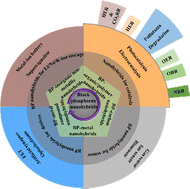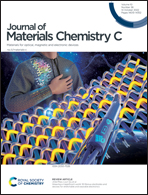Black phosphorus-based nanohybrids for energy storage, catalysis, sensors, electronic/photonic devices, and tribological applications
Abstract
Black phosphorus (BP) has many unique properties including layer-dependent bandgap, high carrier mobility, large on–off current ratios, and distinctive anisotropy, making it suitable for nanoelectronic and optoelectronic devices. To overcome its intrinsic disadvantages of instability and obtain performance beyond the limitations of a single material, nanohybrids structures are developed to enhance the performance of the device. Due to their unique structure and excellent properties, significant progress has been made in recent years in the development of BP-based nanohybrids. The purpose of the current review is to fully understand the advantages and disadvantages of BP-related nanohybrids and to find ways to improve the properties of nanohybrids through new designs. In this review, we summarize several important BP-based nanohybrids, the majority of the reported synthetic routes, properties and performance of nanohybrids, as well as the recent advance in the field of BP-based nanohybrids materials for Li/Na/K-ion storage, catalysis, sensor, electronic/photonic devices, and tribological applications. Finally, we highlight the challenges and opportunities relating to BP-based nanohybrids for future research.

- This article is part of the themed collection: Journal of Materials Chemistry C Recent Review Articles


 Please wait while we load your content...
Please wait while we load your content...